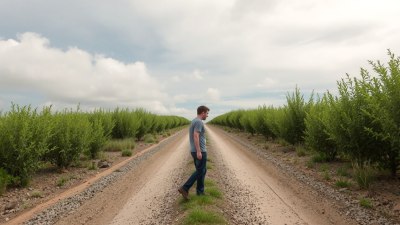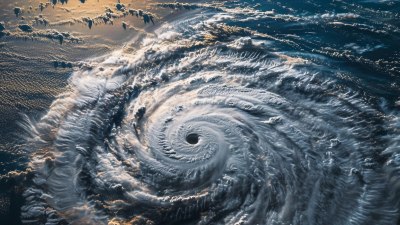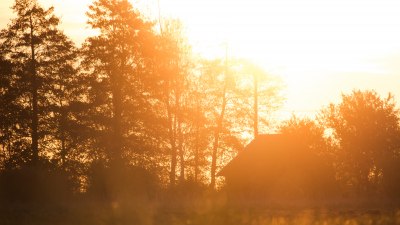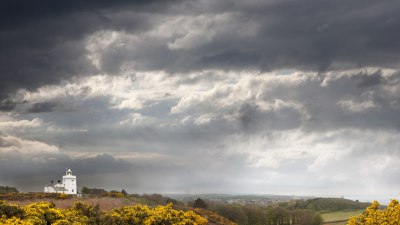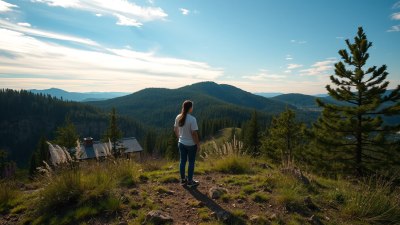The Ultimate Guide to Indoor Photography When It’s Too Cold
Master indoor photography with our comprehensive guide, perfect for chilly days. Capture stunning images despite the cold.
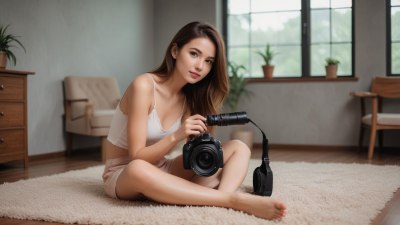
This image was created with the assistance of Freepik
Winter can be a challenging time for photographers, especially when the temperatures drop and the outdoors become less inviting. However, this doesn’t mean that your passion for capturing beautiful images has to take a backseat. Indoor photography can be just as rewarding and creative. In this ultimate guide, we will explore various techniques, tips, and tricks to elevate your indoor photography game during those chilly days.
1. Understanding Indoor Lighting
One of the critical aspects of indoor photography is mastering the lighting. Indoor environments often have less natural light compared to outdoor spaces, making it essential to learn how to manipulate artificial lighting. Consider using softbox lights or LED panels to create a soft, even light that can replicate natural illumination. Keep in mind the color temperature of your light sources and adjust your camera settings accordingly to maintain accurate colors in your photos.
2. Experimenting with Natural Light
While artificial lighting is crucial, don’t underestimate the power of natural light. On sunny winter days, position your subject near windows to take advantage of the soft light filtering through. Use sheer curtains to diffuse the light for a more mystical effect. Remember to experiment with different times of the day; the golden hour can provide a magical ambiance even indoors.
3. Choosing the Right Camera Settings
Your camera settings play a significant role in how your indoor images turn out. In low-light situations, you may need to increase your ISO setting to avoid underexposed images. However, be mindful that higher ISO settings can introduce graininess. A good rule of thumb is to keep your ISO as low as possible while still achieving a well-exposed image. Also, consider using a wider aperture setting to allow more light into the lens, which can lead to beautifully blurred backgrounds.
4. Composition Techniques
Composition is vital in photography. When indoors, make use of leading lines, symmetry, and the rule of thirds to create compelling visuals. Look for interesting angles and perspectives; sometimes, shooting from a low or high vantage point can dramatically change the impact of your photo. Naturally occurring elements in your indoor space, like furniture or architectural features, can serve as excellent compositional tools to enhance depth and interest.
5. Creating Backgrounds and Props
A well-thought-out background can make or break your indoor photography. Simplistic backgrounds often work best to keep the focus on your subject. Blank walls, textured surfaces, or even a well-arranged floor can serve as excellent backdrops. If you're capturing portraits, consider adding props or elements that complement your subject and enhance the storytelling aspect of your image.
6. Utilizing Reflectors
Reflectors can significantly influence the light in indoor photography. They help bounce light onto your subject, filling shadows and creating a more balanced exposure. You can easily create a DIY reflector using a piece of white cardboard or aluminum foil. Experiment by positioning the reflector at different angles to find the most flattering effect on your subject.
7. Indoor Portrait Photography
Taking portraits indoors requires special considerations. Prepare your subjects by ensuring they are comfortable in a warm environment. Discuss outfits that can work well with your chosen backdrop. Posing can make a significant difference in how the portrait turns out, so suggest varied poses that emphasize your subject's personality. Use a longer focal length lens to create a pleasing depth of field and keep the focus on your subject.
8. Product Photography Indoors
If you are shooting products, it’s crucial to create an appealing scene that showcases the item effectively. Use simple props that enhance the product while avoiding distraction. Macro lenses can be particularly effective for close-up shots, revealing intricate details that viewers may miss. Doing some preliminary tests with various lighting setups can also help you determine which configurations best highlight your product.
9. Post-Processing Techniques
No image is complete without a little post-processing. Software like Adobe Lightroom or Photoshop can help you tweak the exposure, contrast, and color balance in your images. Use editing to enhance the natural light, adjust shadows, and add clarity to your photographs. However, exercise restraint to maintain a natural look; excessive editing can counteract the authentic feel that indoor photography can offer.
10. Challenges of Indoor Photography
Indoor photography presents unique challenges, including limited space and varied lighting conditions. You may find yourself dealing with distractions in your background or struggling with reflections, especially in surfaces like glass or shiny countertops. To counter these issues, practice patience and creativity. Take your time to set up the scene and work through the challenges; don’t hesitate to make adjustments as necessary.
11. Inspiration from Indoor Photography
Sometimes, all it takes to reignite your creativity is a little inspiration. Browse through Pinterest or Instagram for ideas and styles that resonate with you. Following other indoor photographers can open your eyes to new techniques that you may not have considered. Education can also be a significant source of inspiration; consider taking online courses targeted at indoor photography to refine your skills further.
Indoor photography during the cold months can be a rewarding experience if approached with the right mindset and techniques. From harnessing artificial and natural light to emphasizing composition and post-processing, there is a world of creativity waiting for you within your walls. Don’t let the winter chill hold you back; grab your camera, experiment with your indoor space, and begin capturing stunning images that reflect your artistic vision.





